HDAC
Histone deacetylases (HDACs), known for their ability to target histones as well as more than 50 non-histone proteins, are classified into three major classes according to their homology to yeast proteins, including class I (HDAC1, HDAC2, HDAC3 and HDAC8), class II (HDAC4, HDAC5, HDAC7 and HDAC9) and class IV (HDAC11). HDAC inhibitors, a large group of compounds that is able to induce the accumulation of acetylated histones as well as non-histone proteins, are divided into several structural classes including hydroxamates, cyclic peptides, aliphatic acids and benzamides. HDAC inhibitors have been investigated for their efficacy as anticancer agents in the treatment of a wild range of cancers.
-
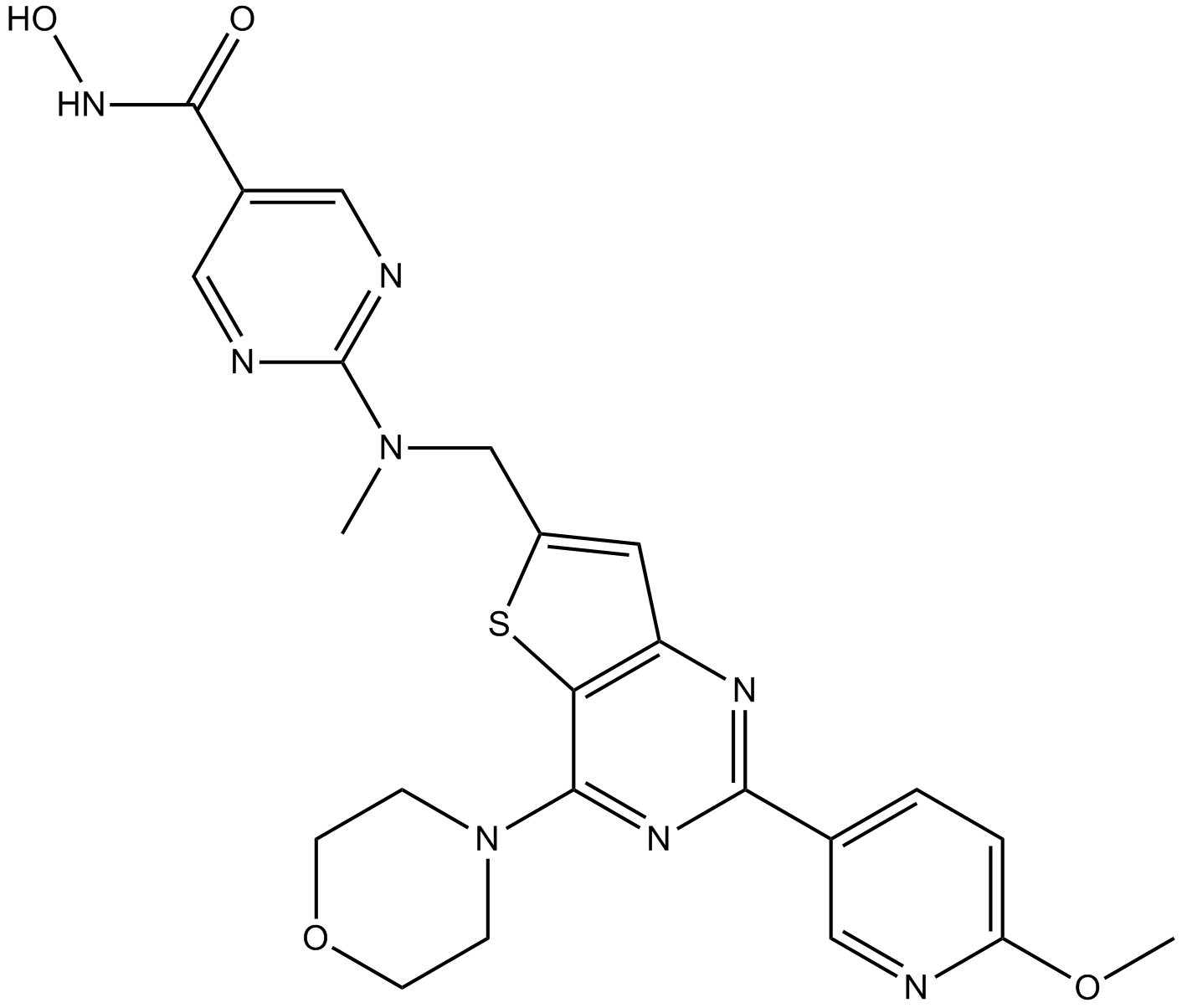 A4097 CUDC-907Target: Histone Deacetylases (HDACs)|PI3KSummary: Potent PI3K/HDAC inhibitor
A4097 CUDC-907Target: Histone Deacetylases (HDACs)|PI3KSummary: Potent PI3K/HDAC inhibitor -
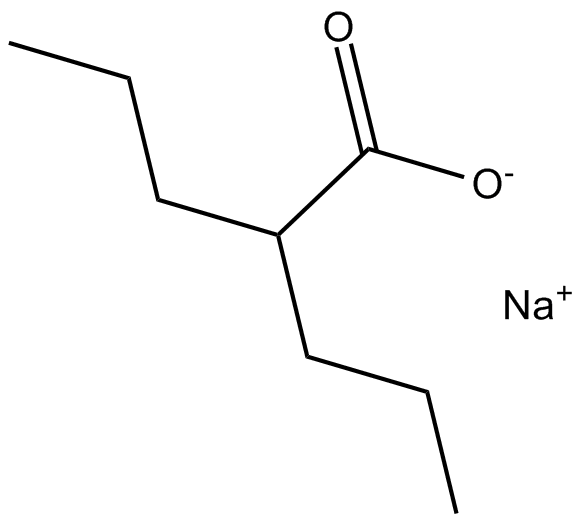 A4099 Valproic acid sodium salt (Sodium valproate)Target: Histone Deacetylases (HDACs)Summary: HDAC inhibitor
A4099 Valproic acid sodium salt (Sodium valproate)Target: Histone Deacetylases (HDACs)Summary: HDAC inhibitor -
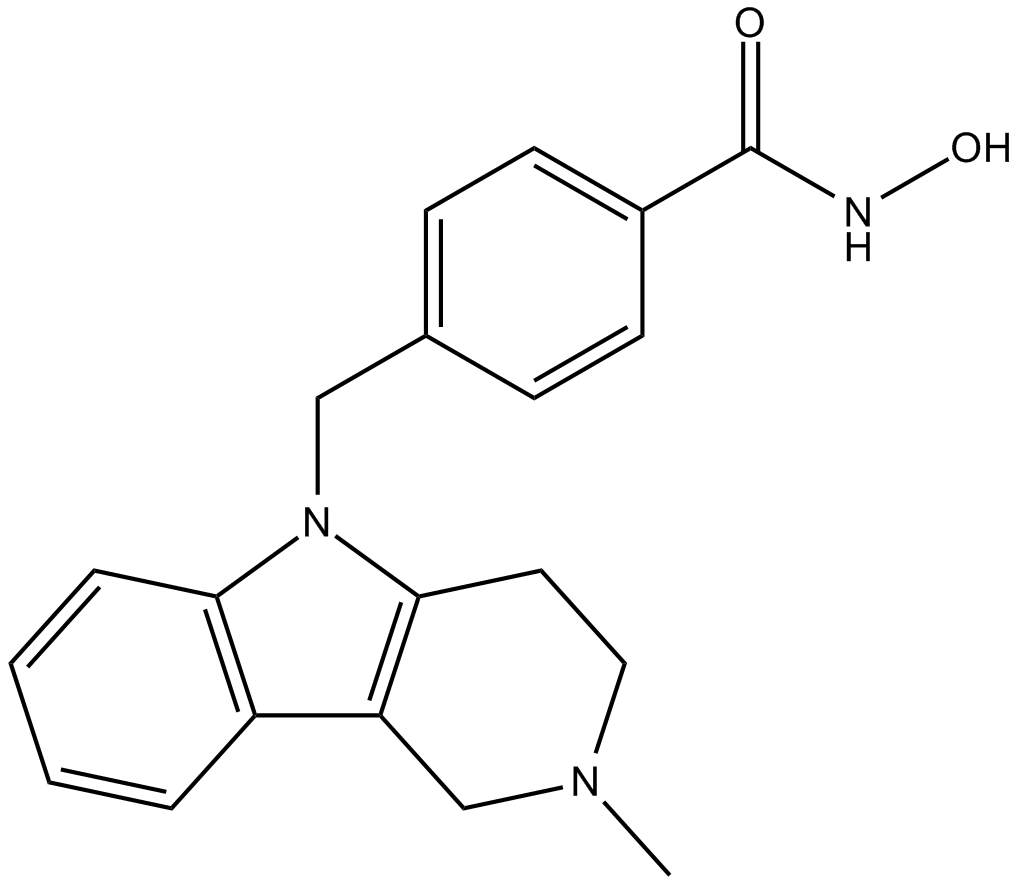 A4101 Tubastatin A6 CitationTarget: Histone Deacetylases (HDACs)Summary: HDAC6 inhibitor,potent and selective
A4101 Tubastatin A6 CitationTarget: Histone Deacetylases (HDACs)Summary: HDAC6 inhibitor,potent and selective -
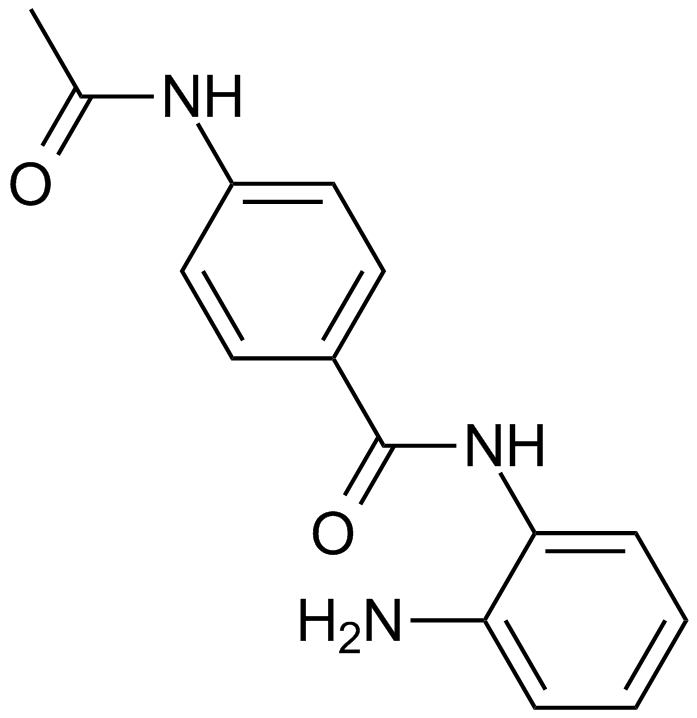 A4102 CI994 (Tacedinaline)1 CitationTarget: Histone Deacetylases (HDACs)Summary: HDAC inhibitor
A4102 CI994 (Tacedinaline)1 CitationTarget: Histone Deacetylases (HDACs)Summary: HDAC inhibitor -
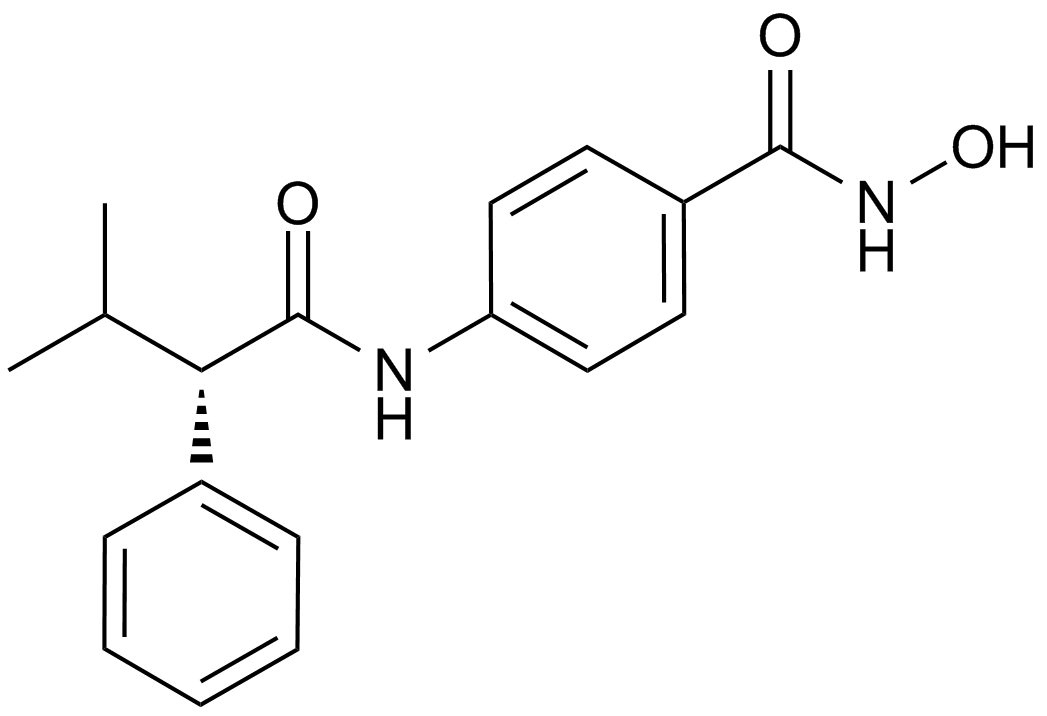 A4104 AR-42 (OSU-HDAC42)2 CitationTarget: Histone Deacetylases (HDACs)Summary: HDAC inhibitor,novel and potent
A4104 AR-42 (OSU-HDAC42)2 CitationTarget: Histone Deacetylases (HDACs)Summary: HDAC inhibitor,novel and potent -
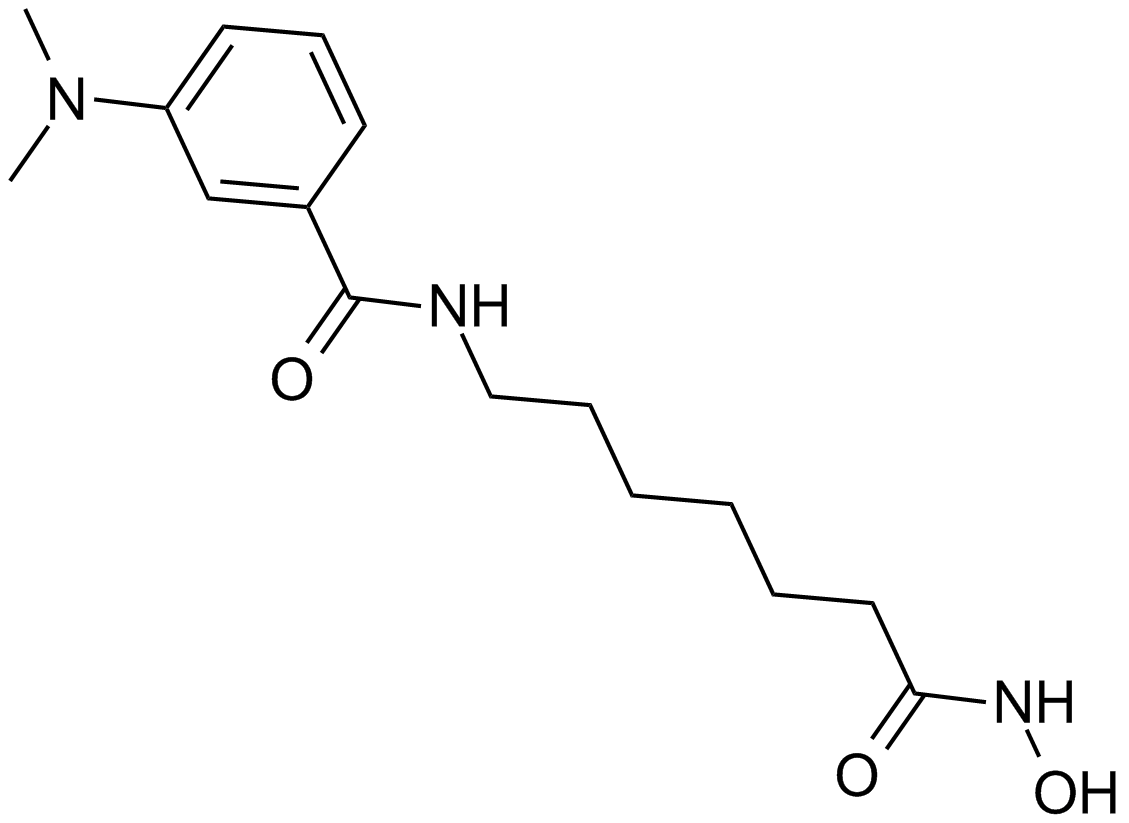 A4105 M3441 CitationTarget: Histone Deacetylases (HDACs)Summary: HDAC inhibitor,potent and cell-permeable
A4105 M3441 CitationTarget: Histone Deacetylases (HDACs)Summary: HDAC inhibitor,potent and cell-permeable -
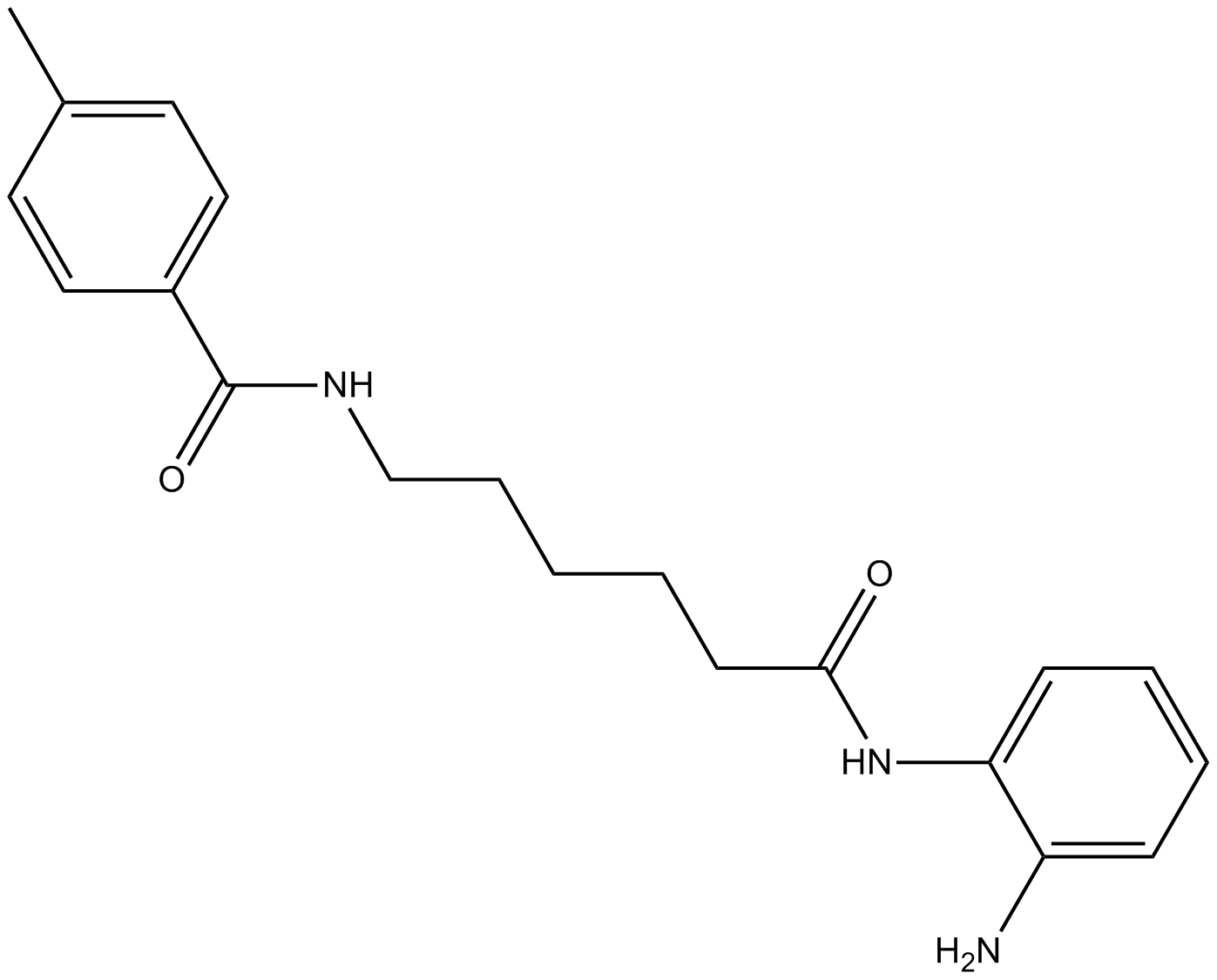 A3761 RG2833Target: HDACSummary: Brain-penetrant HDAC inhibitor
A3761 RG2833Target: HDACSummary: Brain-penetrant HDAC inhibitor

